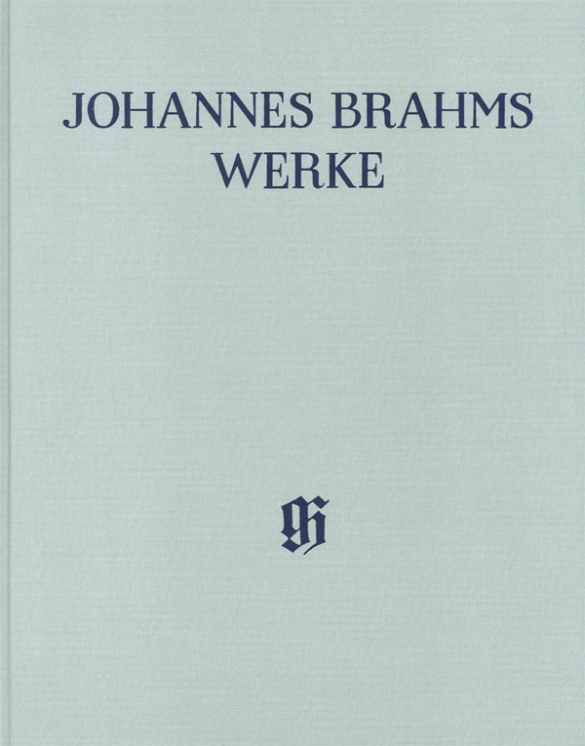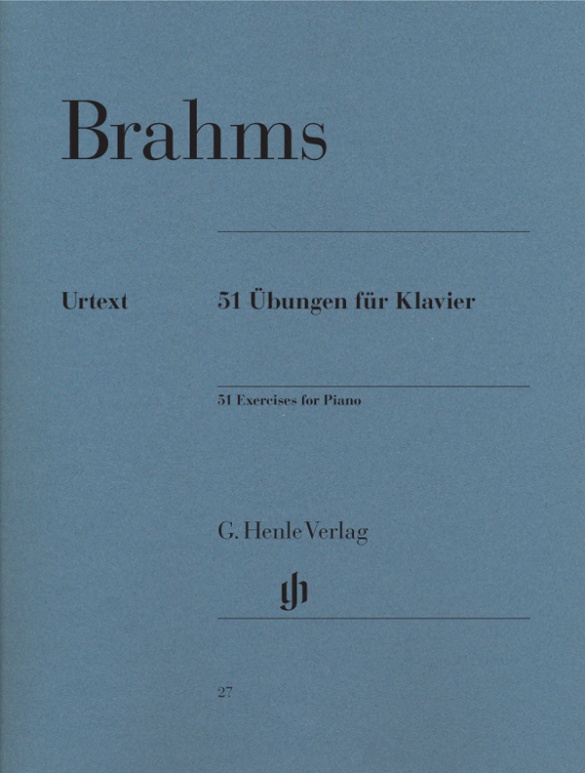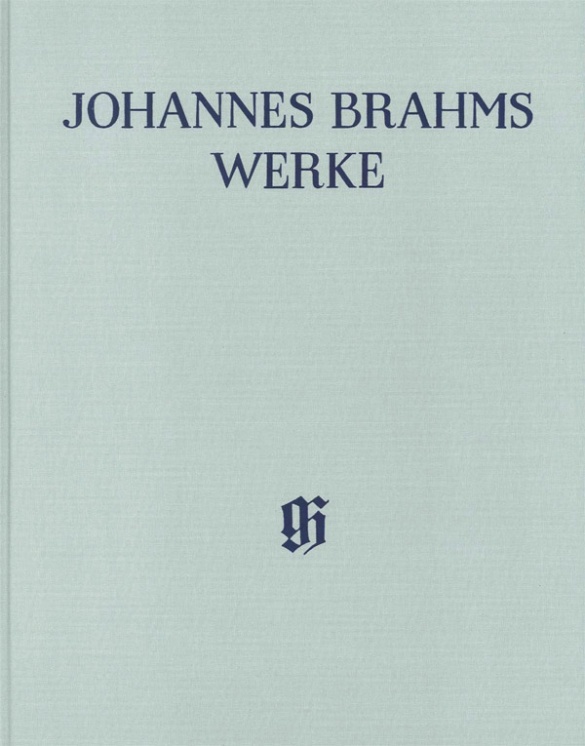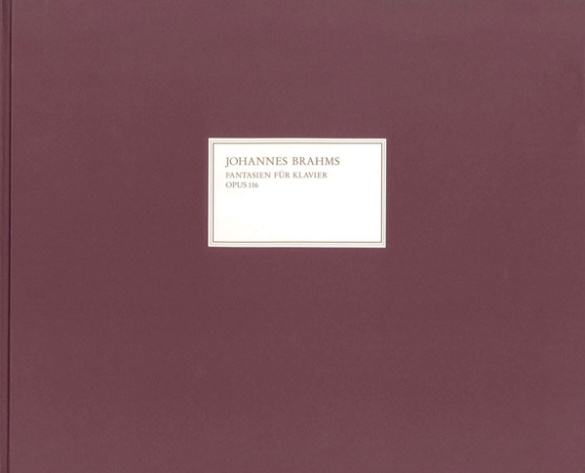

Johannes Brahms
Fantasies op. 116 no. 1-7
This facsimile edition of the manuscript of Johannes Brahms’s Fantasies op. 116, nos. 1–7 for piano solo is bound in red linen. The five-colour print reproduces the autograph, which was acquired in 1926 by the present-day Staats- und Universitätsbibliothek Carl-von-Ossietzky in Hamburg, and is housed in the Brahms Archive. The facsimile is not only valuable owing to its high-quality workmanship, but also due to its detailed, scholarly afterword by the editor Bernhard Stockmann. In 1997, this facsimile print was honoured with the German Music Edition Prize. Specialist journals praised this edition as “a real treasure in typographically unsurpassable reproduction quality”.
Content/Details
(Explanation)
About the Composer
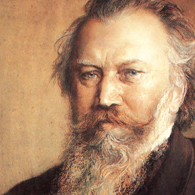
Johannes Brahms
His significant output comprises chamber music, piano works, numerous choral compositions and songs (including settings of folk-song lyrics), as well as large-scale orchestral works in the 1870s and 1880s. His compositions are characterized by the process of developing variation. He is considered an antithesis to the New German School around Liszt, and an advocate of “absolute” music.
| 1833 | Born in Hamburg on May 7, the son of a musician. His first piano instruction with Willibald Cossel at age seven, then with Eduard Marxen; first public performances from 1843. |
| 1853 | Concert tour through German cities; he meets Schumann, who announces him as the next great composer in his essay “Neue Bahnen” (“New Paths”). A lifelong, intimate friendship develops with Clara Schumann. |
| 1854–57 | Piano Concerto No. 1 in D minor, Op. 15. |
| 1857–59 | Choir director, pianist, and teacher at the royal court in Detmold. |
| 1859–61 | Director of the Hamburg Women’s Choir. |
| 1860 | Manifesto against the New Germans around Liszt. |
| 1863 | Cantata “Rinaldo,” Op. 50. |
| 1863–64 | Director of the Wiener Singakademie. |
| 1868 | Partial performance in Vienna of “A German Requiem,” Op. 45 (the complete work premiered in Leipzig in 1869) |
| 1871–74 | Artistic director of the Gesellschaft der Musikfreunde (Society of Friends of Music) in Vienna. |
| 1873 | Haydn Variations, Op. 56a, for orchestra. |
| from 1877 | His symphonic output begins with the Symphony No. 1 in C minor, Op. 68 (begun 1862); composition of the Symphony No. 2 in D major, Op. 73; the Symphony No. 3 in F major, Op. 90 (1883); and Symphony No. 4 in E minor, Op. 98 (1884–85): cantabile themes, chamber-music-like style. |
| from 1878 | Travels in Italy. |
| 1878 | Violin Concerto in D major, Op. 77, for Joseph Joachim. |
| 1881 | Piano Concerto No. 2 in B-flat major, Op. 83, with a scherzo movement. |
| 1886 | Honorary president of Vienna’s Tonkünstlerverein (Association of Musicians). |
| 1897 | Four Serious Songs, Op. 121. Dies in Vienna on April 3. |
Product Safety Informations (GPSR)

G. Henle Verlag
Here you can find the information about the manufacturer of the product.G. Henle Verlag e.K.
Forstenrieder Allee 122
81476 München
Germany
info@henle.de
www.henle.com
Of all the volumes reviewed here, this is the only one which comes within shooting distance of the Holy Grail for facsimiles: photographic clarity. Readers can easily sustain the illusion that they are holding Brahms's actual score, a feat that earns further laurels for its publisher, already one of the leading producers of facsimile editions on the international marketplace.
Notes, 2004Die Faksimile-Ausgabe ist vorbildlich ausgestattet. Der Verlag hat alle Mühe darauf verwandt, dass die Farbe des Papiers wie auch der Schrift des Autographs und der nachträglichen Einträge des Komponisten täuschend ähnlich nachgebildet wurden.
Die MusikforschungEine echte Kostbarkeit -- in drucktechnisch eigentlich nicht mehr überbietbarer Wiedergabequalität -- sind die für Liebhaber gleichermaßen wie für Musikwissenschaftler und Interpreten bedeutsamen Faksimilia Johannes Brahms, Fantasien op. 116 ...Ausgezeichnet mit dem Deutschen Musikeditionspreis 1997 in der Kategorie Faksimiles ... originalgetreu und mit hohem farbtechnischem Aufwand (Fünffarbendruck) reproduziert.
Buchhändler heuteDurch Fünffarbendruck konnte man das Manuskript ... originalgetreu reproduzieren. Auf diese Weise ist es möglich, die einzelnen Arbeitsgänge, die mit Tinte und Bleistift ausgeführt sind, exakt nachzuvollziehen und sozusagen dem Komponisten bei der Arbeit über die Schulter zu schauen.
Neue Musikzeitungrecommendations
autogenerated_cross_selling
Further editions of this title


